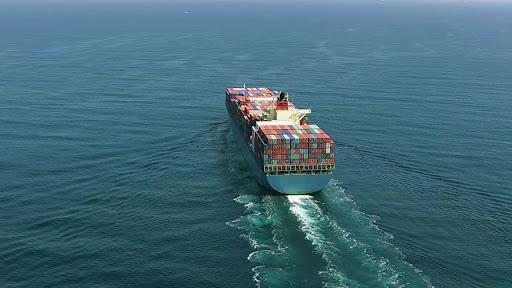For all intents and purposes each day circulation appear about automation in conveyance. Names of colossal maritime current associations are much of the time found in these creations, giving that they are a noteworthy central purpose behind these progressions.
The request can and should be presented, how reasonable are these headways? Is it precise to state that they are ordinarily relevant, significant for explicit divisions or trades, or possibly not suitable using any and all means?
In the starting late circulated book Tug Use in Port. A practical Guide, thought has been paid to future independent or remote controlled pulls. As a Charter Party project of this specific thing, a starting late circulated report has kept an eye on the request: How will pull and pull help advance in the coming 30 years?
Some principal conditions to recollect:
At present and besides in the coming decades, there isn’t generally any consistency in vessels and this applies, taking everything into account, to pull too.
- Worldwide, future upgrades will differentiate inconceivably by country, port, dispatching and towing company. This particularly applies to the way wherein motorization propels on board ships and pulls.
- The huge parts – ships, ports, pulls, pilots – of the maritime vehicle chain intrude. This suggests for instance that a development in send size or in its moving limits has its effect on ports, pilots and pulls, correspondingly as a modification in port structure or establishment has its effect on vessels, pilots and pulls.
- Finally, the progressions that will be discussed underneath would all have the option to be disturbed as far as expert profession wars, political conflicts, climate changes, etc.
By and by the huge parts that are depended upon to expect a vocation in the coming 30 years and will have its effect on ports, port services like pulls and pull help:
Seaborne trade will increase. UNCTAD expects that seaborne trade will fundamentally increment by 2050 appeared differently in relation to 2016. DNV GL checks a lower improvement of generally the half. That being said it will largy influence ports and port services, like pulls.
Comparing changes in sort of cargoes. As showed by DNV GL’s Energy Transition Outlook 2018 the world needs less essentialness from the 2030s onwards inferable from quick gains in imperativeness viability. DNV GL gauges that the fundamental imperativeness gracefully beat in 2032 while oil demand tops during the 2020s and a short time later reduces. Combustible gas takes over as the best imperativeness source in 2026. This joins a decrease of grungy oil and other oil things to be moved after 2020 and an extension of combustible gas. This will impact the establishment of ports and addition the amount of toward the ocean terminals and will accordingly impact pulls and pull help.
Strategies for sea transport changes. The size of explicit sort of vessels may furthermore augment, for instance holder ships and gas transporters. Moreover, new procedures for sea transport may be made and certainly all of the activities uncontrolled will introduce new arrangement features for new boat types. Moreover other vehicle systems may command. For instance, lowered vehicle may become reality or transport by pipelines, having its effect on customary sea trade and ports. Pulls should stay up with these upgrades.
The moving capacities of colossal pontoons, for instance compartment vessel, ships and excursion vessels, are depended upon to grow, diminishing the prerequisite for pull help. It should at any rate be said that even the most electronic vessels, for instance, remote controlled or independent pontoons, will regardless experience engine or directing disillusionments simply like the case with present vessels, but maybe in a lower degree. If this happens hapless along the coast and such issues can’t be settled in time, unequivocal assistance of emergency towing vessels or sensible harbor pulls will be required for such ships.
Pull help with opposing atmosphere conditions. There is another point which stresses explicitly future vessels with extended moving limits in bound waters. The situation may develop that when natural conditions become such, for instance strong breezes, even these pontoons which ordinarily would not use any pulls, need to use pulls to screen the boat. Hence, there will reliably be a prerequisite for a sufficient number and power of pulls to be open.
Some more factors of hugeness:
It can be contemplated that boat management in revealed conditions will continue creating in essentialness, hence pulls should be arranged and arranged to have the alternative to work in these conditions.
During the coming decades a tremendous variety in pontoons will be seen as shown above, from all around equipped vessels with a colossal degree of robotization to, let us state, rather customary vessels. These standard pontoons will regardless need pull help. Also, it should not be disregarded that in various CP Services pulls need to achieve some different option from managing seagoing vessels, as is explained in the book Tug Use in Port.
Thusly, beside the progressions in the field of automation on board ships and pulls, other huge enhancements are typical in the coming decades that will impact ports and port services, for instance, pulls and pull help. All of these progressions achieve high additional solicitations on pulls, pull gatherings and pull help. It is thusly of most extraordinary importance that limits of pulls and pull bunches keep pace and meet the necessities set by these future upgrades. At the same time the headway of motorization on board pulls and ships may make pulls being fit for what’s to come.





